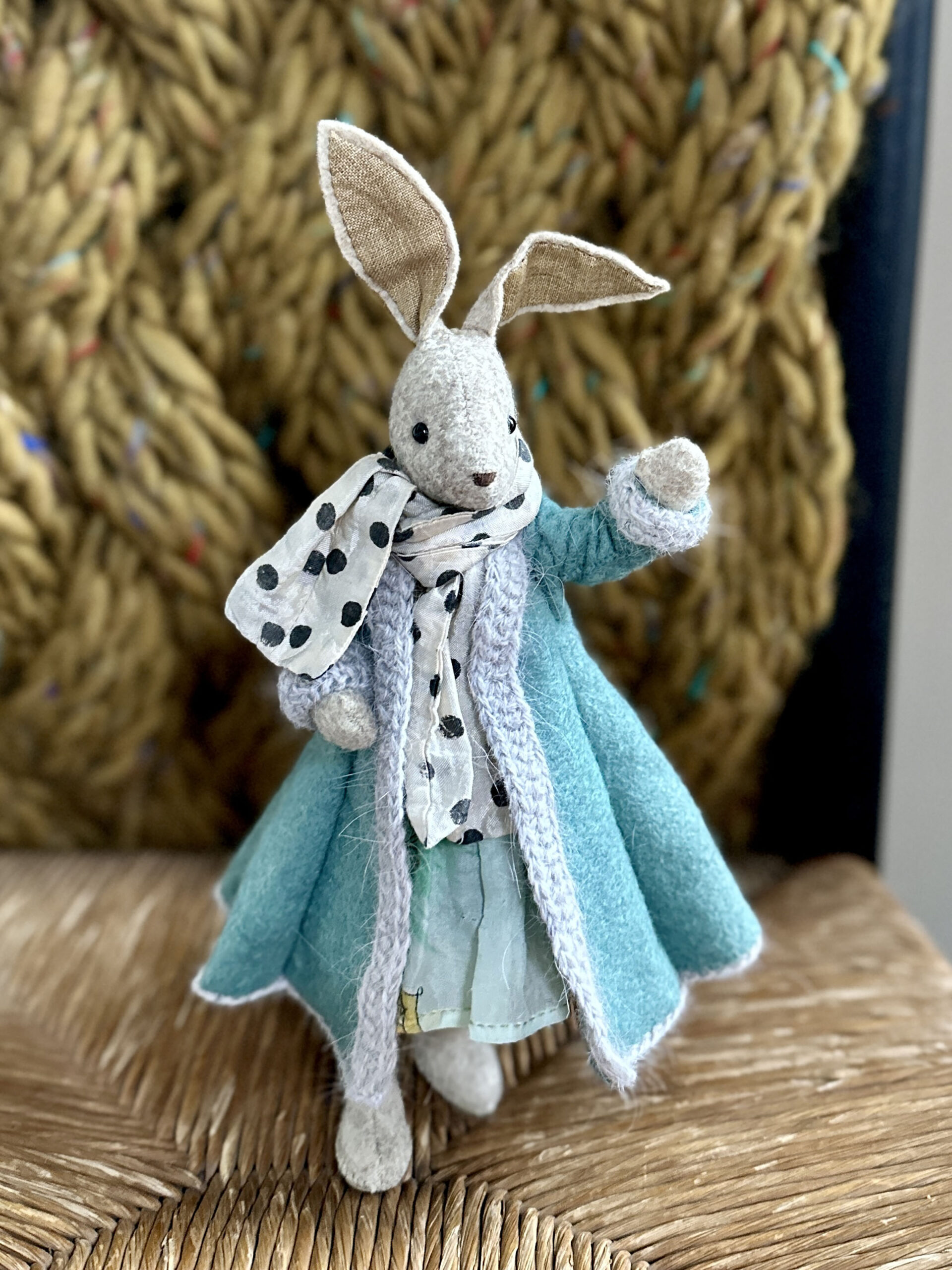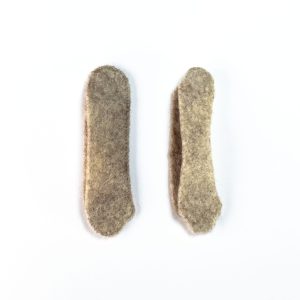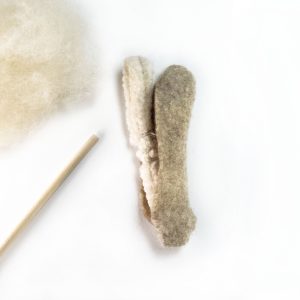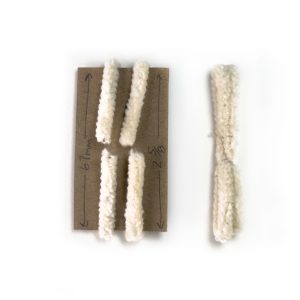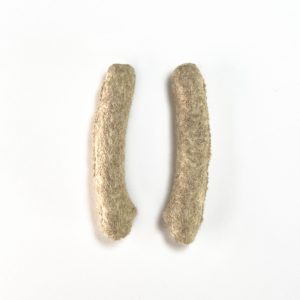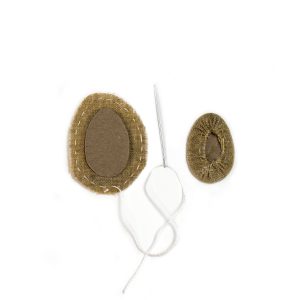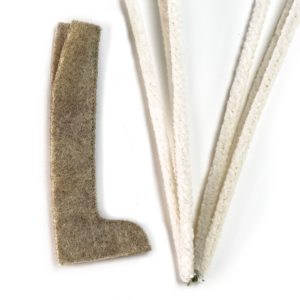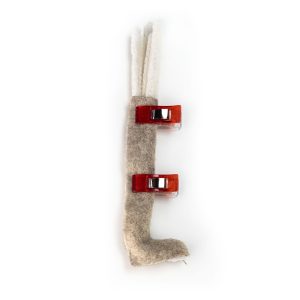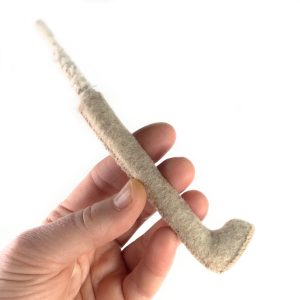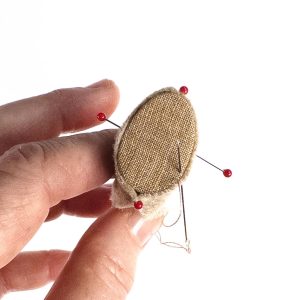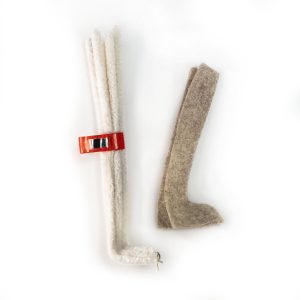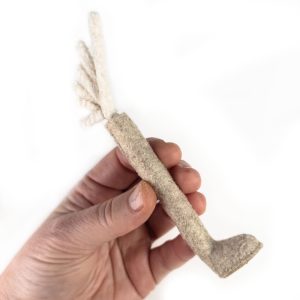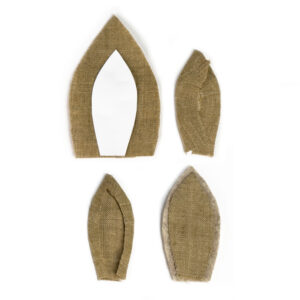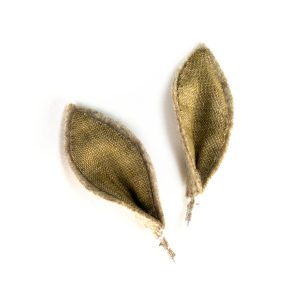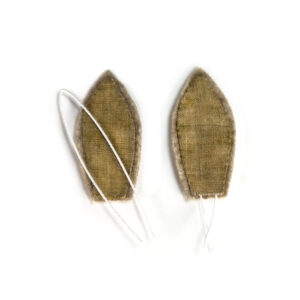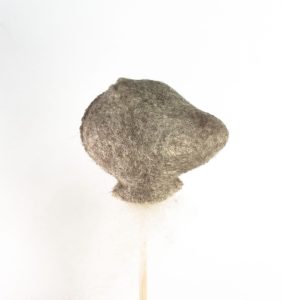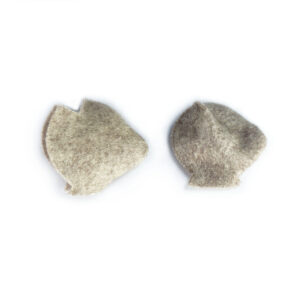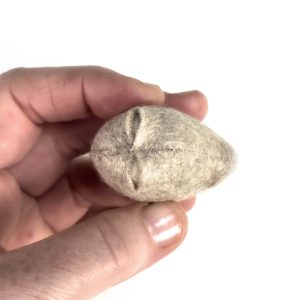I have been a fan of Luna since I first discovered her, but alas, she is a beautiful Amazon beside my tiny collection of threadfollower critters. Initially, I admired her from afar and watched her community grow as Sara created more delightful books, patterns, and stories. With the writing on Wind in the Willows Felt Friends, I was out flat for a while, but Luna was always in the back of my mind – in miniature! This summer, after settling from a few moves and the completion of Wind in the Willows, I decided to indulge myself in creating her likeness. I scaled Luna down to 55%, which put her slightly larger than my animal patterns and in scale with my doll pattern (available on my Patreon). What a joy she was to create! Mini Luna now stands about 25.5cm (10 inches) tall from feet to ears – rather like a big sister to my animals. I could not help wiring her body as I like to do and stabilizing her feet with a chipboard. When she was complete, I was thrilled that she could stand on her own ! It was a wonderful diversion to create from Sara’s patterns, and I was pleased that she received such a warm welcome on the Luna FB page. After several requests and Sarah’s blessing, I buckled down to create a process tutorial. She is true to Sara’s original pattern (at 55%, but I made a few minor adjustments to accommodate her new petite scale.

